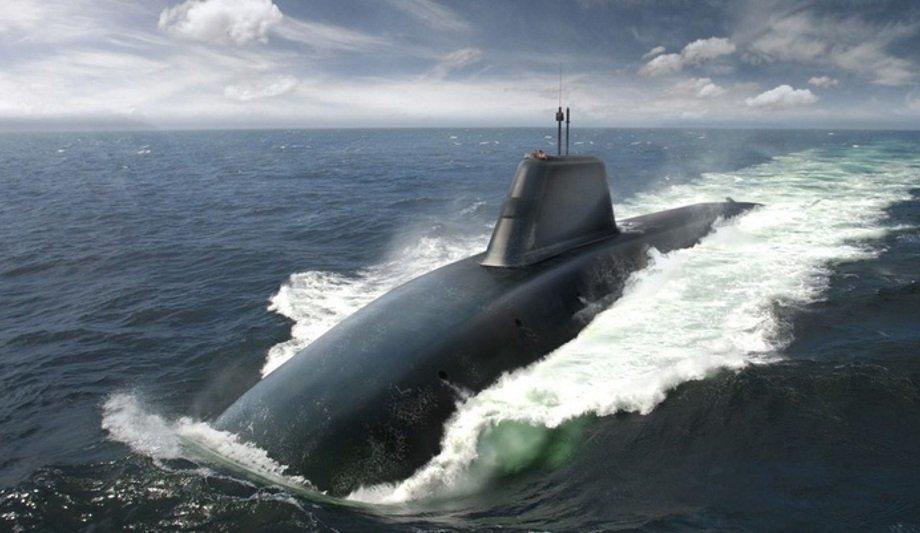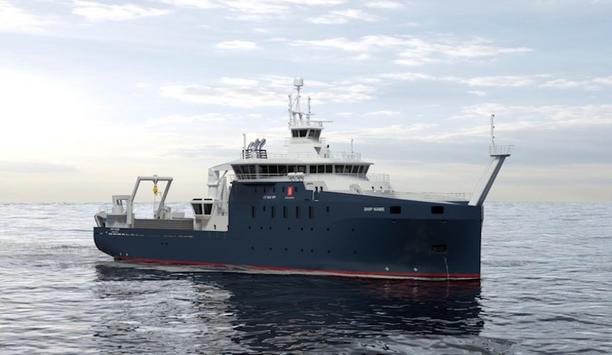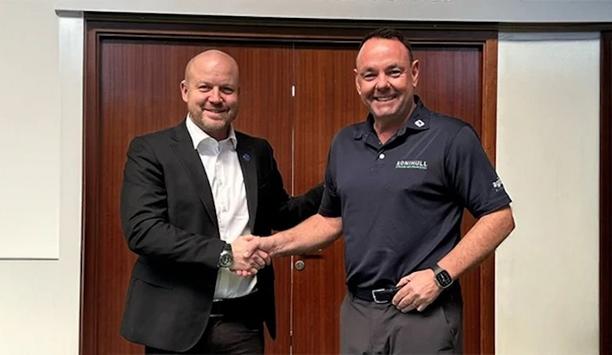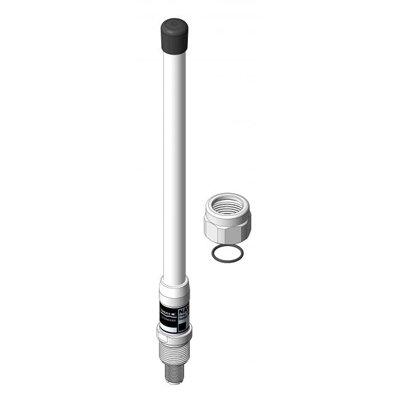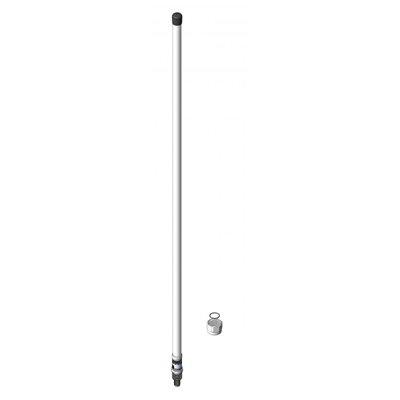BAE Systems is taking decades of flight controls expertise underwater onboard the UK's next-generation submarine, Dreadnought.
This innovative approach involves adapting controls that are usually used in fly-by-wire aircraft and applying them in a marine environment. The complete Active Vehicle Control Management (AVCM) system will oversee all major aspects of the submarines’ manoeuvring capability to the highest levels of safety and reliability, similar to existing systems on modern air transport platforms.
National security effort
“With over 50 years of avionics experience, we already have a great understanding of how to develop complex, control systems for hi-tech platforms. However, taking our technology underwater brings exciting new challenges and we are proud to support the Dreadnought programme and play an important part in our national security effort,” said Jon Tucker, Director for Maritime Controls at BAE Systems Controls and Avionics.
However, taking our technology underwater brings exciting new challenges"
Similar to how fly-by-wire works for aircraft - whereby electronic systems are used to control the movement of aircraft - the Company’s engineers are developing electronics that control the heading, pitch, depth and buoyancy of the Dreadnought class among other critical elements with added safety benefits. Work has already begun, supporting more than 130 highly skilled jobs in Rochester, UK, with the number expected to grow.
Largest development projects
The programme is one of the largest development projects taking place at the Rochester site and we have made significant investments at the site to create new labs and workspaces to support this exciting programme.
The project marks the first time that major Royal Navy work has taken place in the Medway Towns since the Chatham Dockyard closure more than 25 years ago. The Dockyard itself was synonymous with the building of ships and submarines for centuries, up to the Royal Navy Submarine, HMS Ocelot, being built there in 1962.
The innovation has been developed in Rochester with engineers in the Electronic Systems business working closely with colleagues across the Company’s Maritime and Air sectors to develop a world-class system as part of our Active Vehicle Control One-Team. Their engineers will continue to develop the technologies with a view to expanding its applications to both other underwater and surface vessels.
